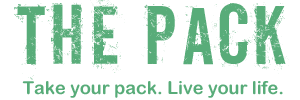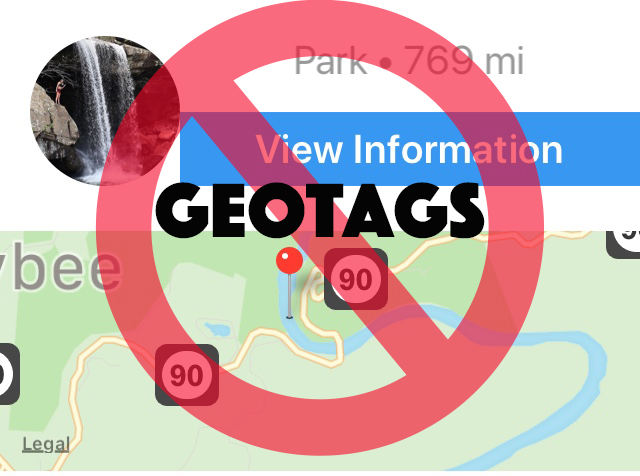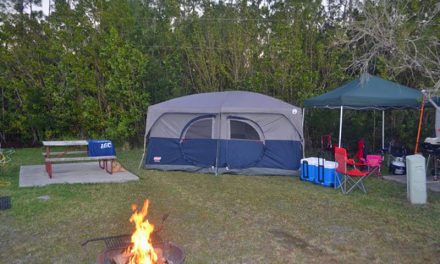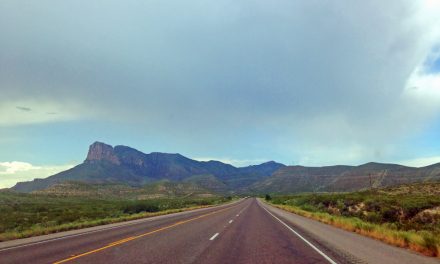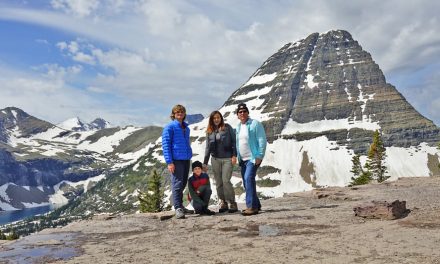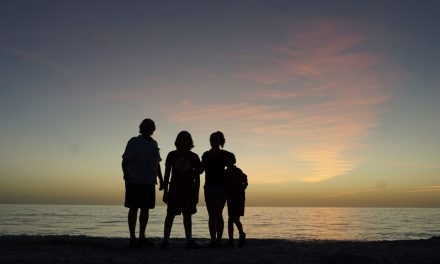There’s been a lot of talk lately about travelers’ use of geotags on photos — where the location of the place photographed is digitally plotted on a map — and whether they should use them. There’s a concern over the safety of future travelers visiting places that might put them in danger, and there’s a desire to protect special places from getting ruined by crowds.
Most of the talk comes after the Jackson, Wyoming, tourism council started asking visitors not to put specific geotags on their social media photos because parts of neighboring Grand Tetons National Park were getting trampled — specifically, a 9-mile trail to a hidden lake. (We have seen this kind of thing before, like when a sunflower farm got ruined by people swarming for photos after a popular Instagram post.) Instead, the tourism council created the generic geotag “Tag Responsibly, Keep Jackson Hole Wild” and encourages people to use this instead of specific geotags in the area.
Our family has a trip planned for this summer, when we will be in Jackson and Grand Tetons National Park. So the issue of geotagging got me thinking about whether I will want to use specific tags or not when we visit. (The Pack is on Instagram here.)
Why not geotag?
The main reasons for not marking the specific geographic location of a spot seem to be 1) it keeps the hordes of careless copycat tourists away, and 2) it protects unprepared people from going there and getting lost, hurt, or killed.
Probably all of us who love to travel have heard the stories of people who have injured or killed themselves while trying to take pictures on a trip. Or we hear about the people who hike, camp, or get out on the water when they aren’t knowledgeable or prepared, and need to be rescued. We also know stories about people trampling natural areas or pestering endangered species, often for the pics. Increasingly, society is blaming social media for these unfortunate events. Once a popular social media account posts a place, the thinking goes, hundreds of others will want to visit the same place.
But how can anyone say for sure that Instagram made them do it? An NPR piece explored the relationship between social media and crowds in natural areas and determined, “The evidence is anecdotal.”
Do geotags encourage more tourists to a specific place?
Usually it seems once a cool place becomes “found,” it attracts more people who want to see it for themselves, and then those people share it and attract even more people. Some travelers shun areas that have become overvisited or crawling with tourists as a result — and some locals have started turning tourists away.
Worse, some tourists photograph themselves doing illegal or risky behavior in a spot, which encourages others to do the same.
Human nature seems to show that people tend to think, “I want in,” without thinking about the consequences. They might reason, “If the Instagram influencer can do it, then why can’t I do it too?”
The case against generic geotags…
Yes, we want to visit beautiful places. Yes, we want to be like the cool kids who’ve already been there. Yes, we want our pics to wow our followers. It’s human nature. And maybe sharing specific locations leads to more of the same.
But there are issues with the idea of tagging responsibly.
First, the wording of Jackon’s “tag responsibly” geotag: the implication that those who use a generic geotag or the #nogeotag hashtag are responsible indicates that those who use a specific geotag are irresponsible. It says the generic geotagger is good and the specific geotagger is bad. It implies blame on the part of specific geotaggers for anyone who follows their lead and goes somewhere and gets hurt, or ruins the habitat. Let’s place the blame where it belongs: on people who travel haphazardly, merely on the suggestion of an Instagram post, without care for the environment or their own safety.
Also, let’s admit that travel magazines, books, and the media have been doing the same thing for decades: sharing content about cool places. The Jackson Hole story is a perfect example: The New York Times specified exactly which lake‘s newfound popularity caused the trouble that begat the generic geotag. With the name of the lake, you can easily find it. Bet you can find this lake in guidebooks about the Grand Tetons. Smithsonian Magazine posted a picture of the lake just months ago. Outdoor retailer REI has information and a photo of the lake on its site, too. That’s what travel media is there for. Travel writers around the globe find unique places and share about them, creating a demand for other travelers to visit those places. And most of those places want to be found because they enjoy the money from tourism. Whether you’re creating content about a place as a traditional travel magazine writer or as a blogger, the result is the same. Just because it’s digital doesn’t mean it should be demonized.
Let’s not forget that the geotags are still there, so giving up geotagging places won’t prevent them from being found. And as I mentioned, guidebooks and travel media are still out there too.
… And the case for generic geotags
Despite reasons why generic geotags might not be the answer, I can see why keeping a place off the radar is a good idea. As I was learning about the issue, I came across a nature photographer whose work I appreciate and his take on geotags: not anymore. On one of his Instagram posts, he wrote about why he won’t be sharing specific locations in the future, saying in part: “We are past the point of ‘the more people that know about it, the more they will care’. It’s been proven this doesn’t work by the beaten down vegetation at so many places, the graffiti, the litter, etc.” His words made a strong case.
Unfortunately, people who see these images may not realize what it takes to get to that spot. There could be a day’s hike across difficult terrain to reach a specific Instagrammable area. Maybe the weather can change quickly, and visitors don’t realize that. Maybe it took years of practice climbing to reach a peak. But the quest to get that breathtaking shot might make visitors overlook preparations that people need to take in order to be safe in the wilderness.
Also unfortunately, it’s in our human nature to be a bit lazy. If we can use a phone to scroll to a photo of a place we want to visit and get our own photo to share, all we have to do is click on the geotag and get driving directions to that spot. We don’t learn the location’s history as we might in a guidebook. We don’t have to talk with a ranger about the geology or topography. We won’t find out about the endangered habitats or species where we’re going because we don’t stop to immerse ourselves in the place and learn about it — we’re just going to snap a quick pic and leave. And maybe that adds up to our favorite spots becoming trampled and littered — the quick and easy way of travel rather than truly appreciating a place.
The answer to the geotag problem
If access to an area is a problem, the burden should not be on visitors to keep it a secret — because some will share and some won’t. It seems to make more sense to me for a park to discourage or restrict access in some way: warning signs, blocking roads, requiring permits or guides. The sunflower farmer in the above example simply turned people away. Other federal and state lands have become off-limits when human traffic got to be too much, so it’s not a new idea.
If you don’t want crowds hogging your favorite surf or ski spot, you don’t have to reveal it. If you don’t want to share your secret campsite in the forest, there’s nothing wrong with that. But using a fake geotag or indicating you’re not sharing makes you look a bit selfish and outdoorsier-than-thou. So I say just leave it blank. If someone asks you where it is, you can reply privately with the location … or a coy, evasive answer.
Maybe because I love maps, maybe because I studied journalism (“The public has a right to know”), I do enjoy a correct geotag. We have gotten to the point where our mostly-mapped planet, growing population, and technology have made almost any place accessible to the masses who want to enjoy our world.
But please, don’t ruin the place for the next person — or the next generation.
